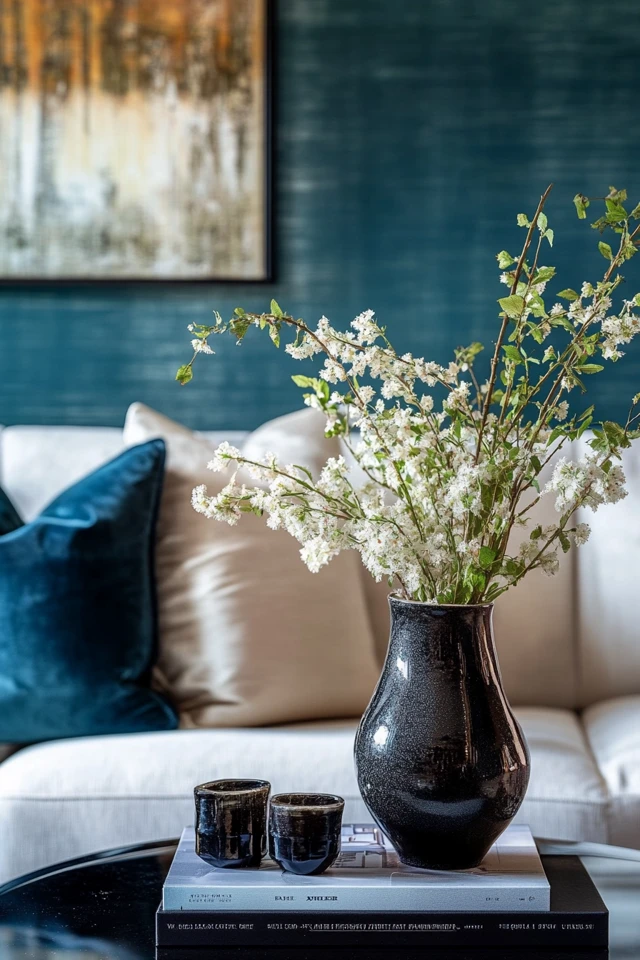Introduction
The magic of a beautifully designed room doesn’t lie in its furniture alone—it’s in the harmonious details that tie everything together. From the subtle interplay of colors to the balance of textures and proportions, harmonizing room details is what transforms a collection of items into a cohesive and inviting space. Without this harmony, even the most expensive furniture or décor can feel disconnected and unfinished.
I learned this lesson the hard way when I first tried designing my living room. I had a gorgeous mid-century sofa, a bold area rug, and an elegant coffee table, but something felt off. The colors clashed subtly, and the decorative accents seemed like they belonged to different rooms altogether. After weeks of trial and error (and a few too many trips to the home store), I finally cracked the code: focusing on the small details that bridge the gap between style and cohesion. The result was a living room that felt seamless, polished, and truly “me.”
What I discovered is that harmonizing details doesn’t require a complete overhaul or hefty budget—it’s about small, thoughtful tweaks. In this guide, I’ll share the best tips and tricks for creating a sense of flow and unity in your space, no matter its size or style.
The Perfect Design for You
If you’ve ever looked at a professionally designed space and thought, How does everything fit together so perfectly?, this guide is for you. Harmonizing details is ideal for anyone who wants their space to feel more cohesive, welcoming, and intentional. It’s especially useful for rooms that feel “almost there” but lack that finishing touch to tie everything together.
For example, imagine a dining room where the walls are painted a rich navy, the table is a sleek dark wood, and the chairs are upholstered in crisp white fabric. The magic happens when you add matching navy napkins, a soft beige rug to complement the chairs, and a centerpiece with metallic accents that echo the room’s hardware. These details create a harmonious flow, making the space look like it belongs in a magazine.
Harmonizing details works for every style—from rustic and bohemian to minimalist and contemporary—and helps you achieve a look that feels polished yet effortless.
Picture Gallery
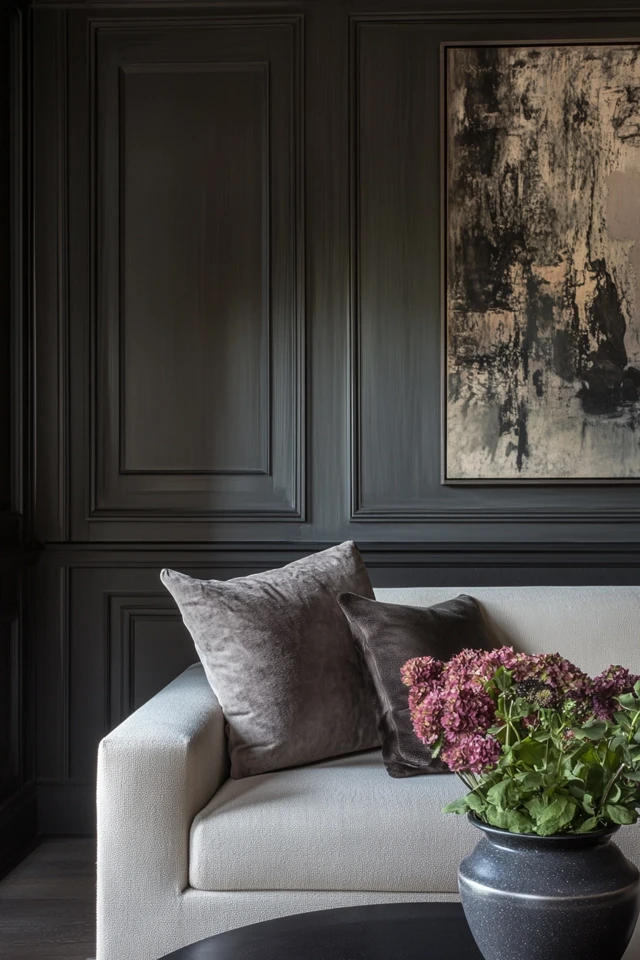

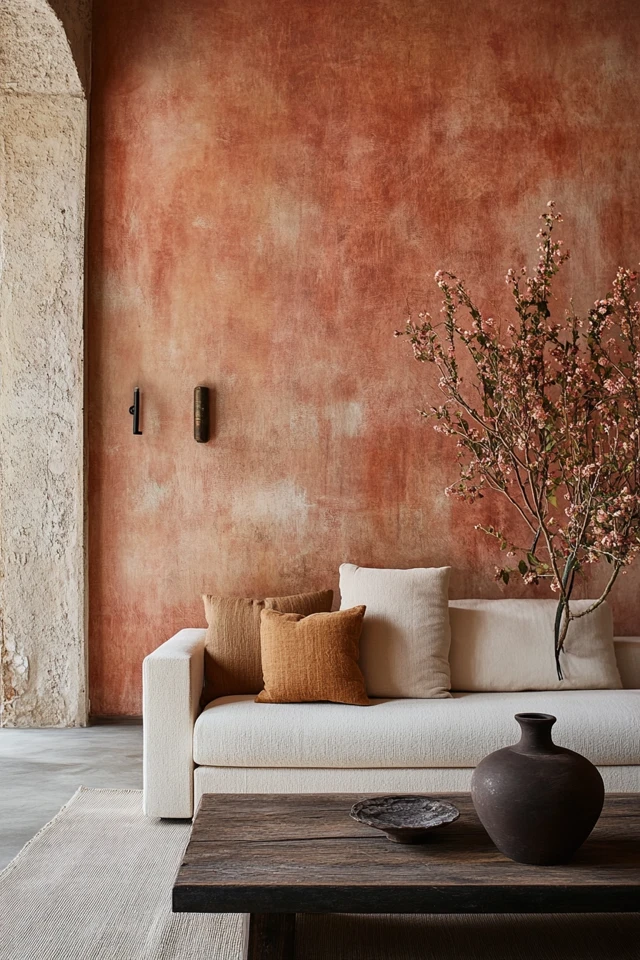
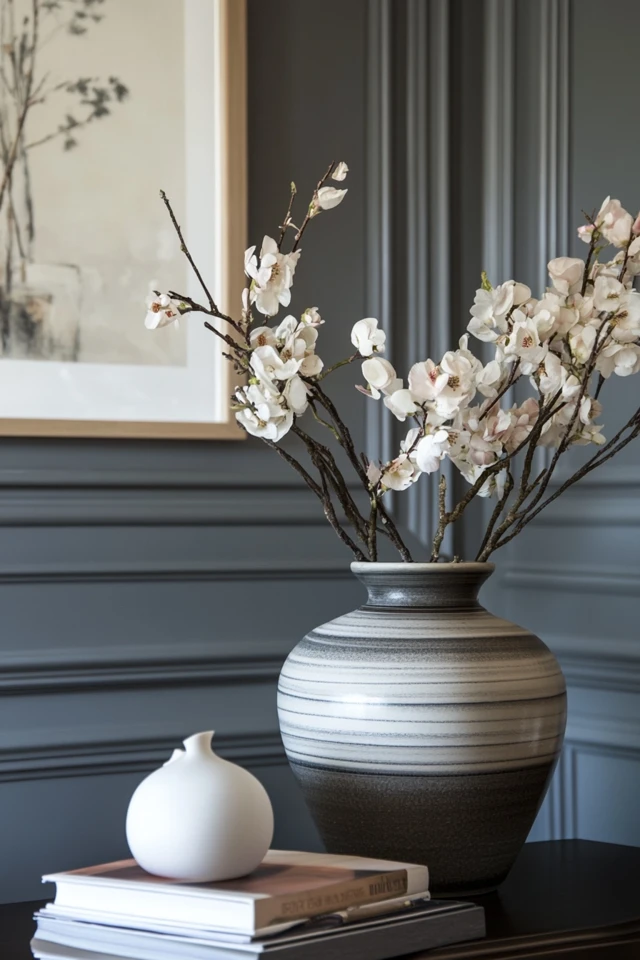
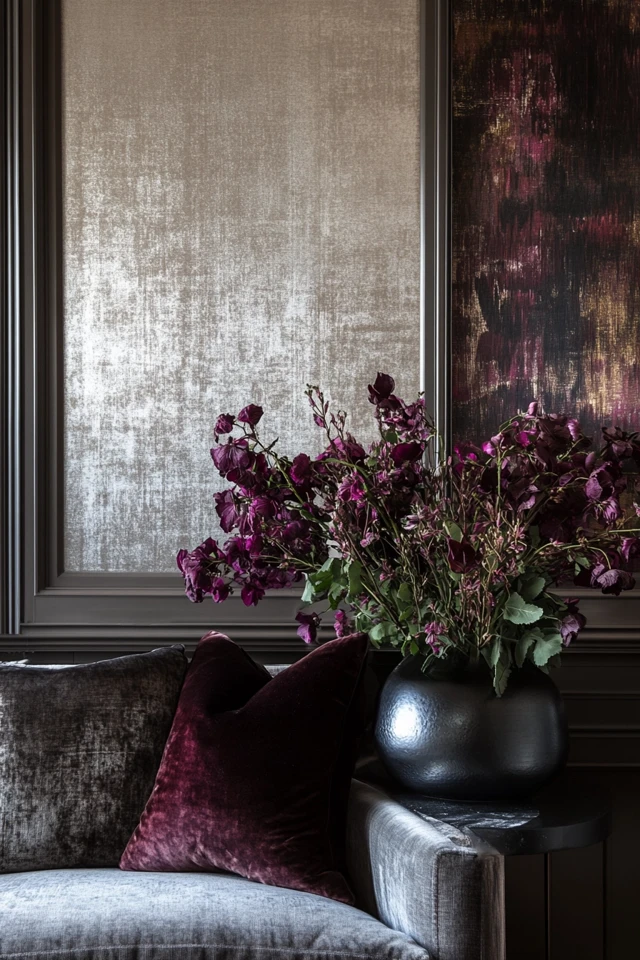
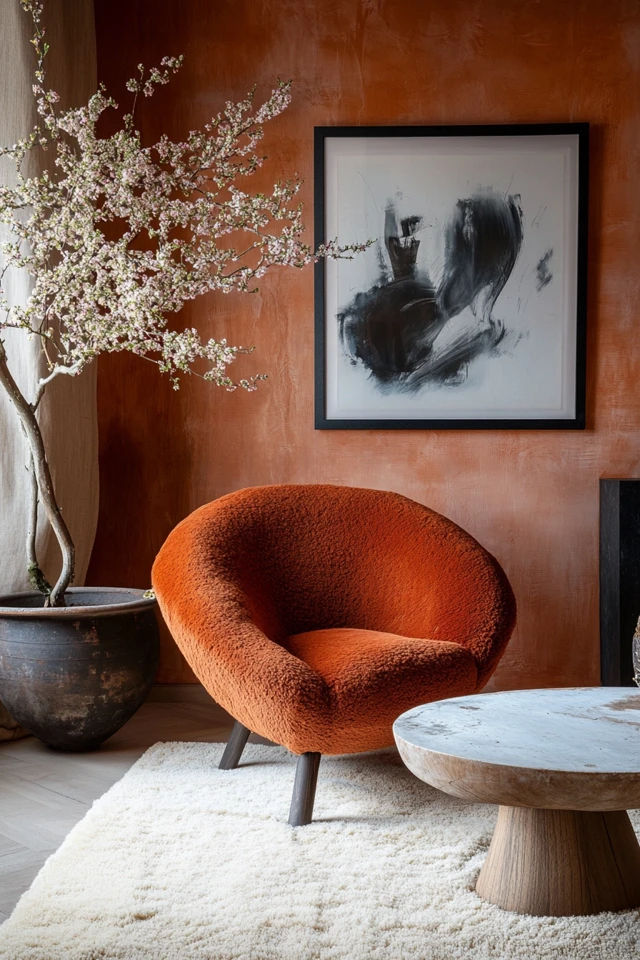
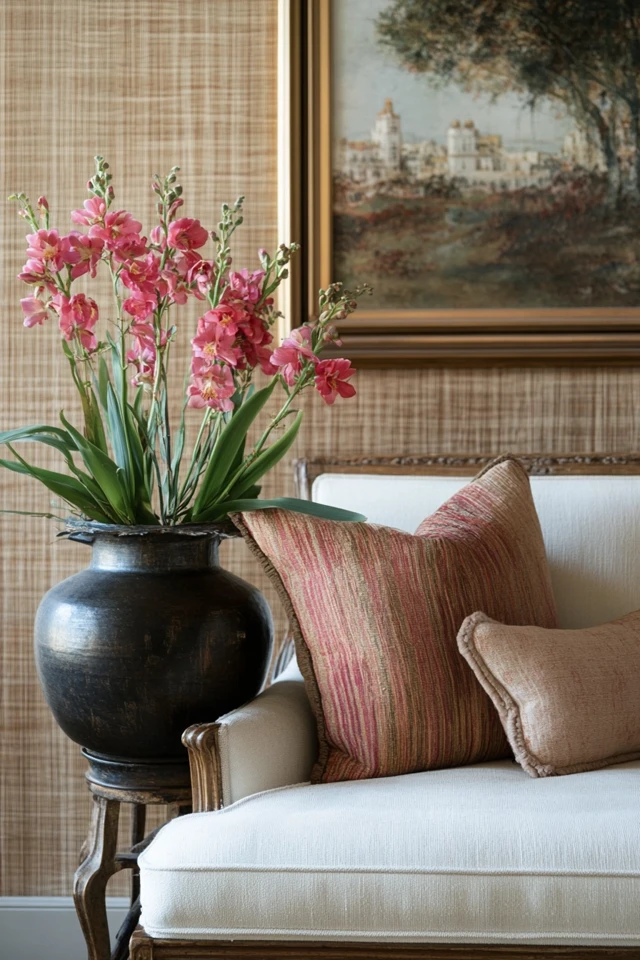
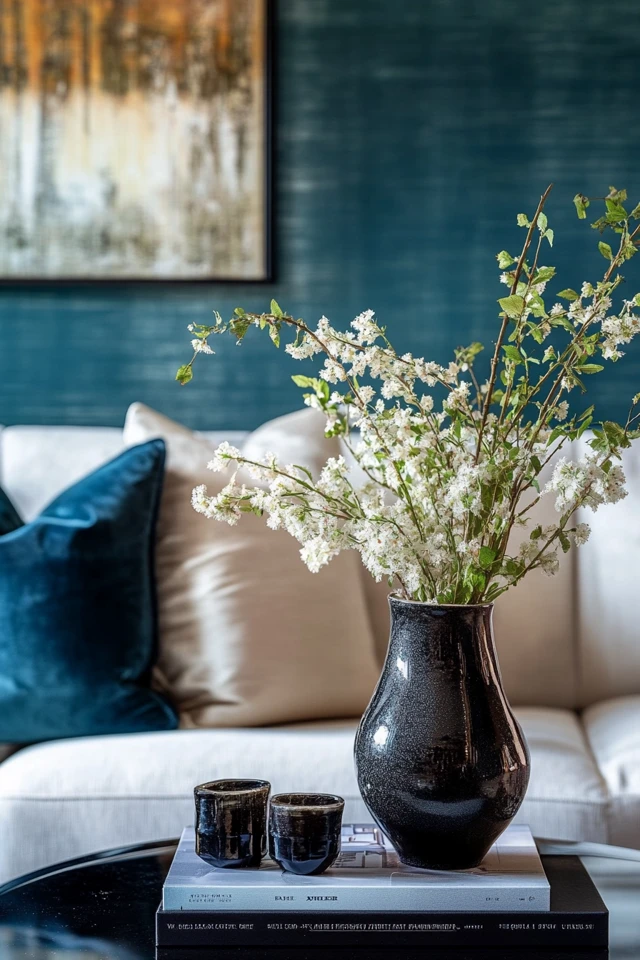
Why These Key Elements Work So Well Together
The secret to harmonizing room details lies in the concept of repetition, contrast, and balance:
- Repetition: Repeating key colors, patterns, or textures throughout the room creates unity. For instance, if your throw pillows have a hint of gold, echo that gold with a picture frame or a decorative tray.
- Contrast: Adding contrast prevents the room from feeling too monotone. Pair light and dark elements, smooth and rough textures, or warm and cool tones to create visual interest.
- Balance: Proportion and symmetry are essential. If one side of the room feels heavier (e.g., with a large bookshelf), balance it with visual weight on the opposite side, like a gallery wall or a tall plant.
Evidence-based design shows that people are naturally drawn to spaces that feel balanced and cohesive. Harmonizing details not only makes your room look better but also creates a sense of calm and order—something we all crave in our homes.
How to Achieve Harmonizing Room Details: Step-by-Step
- Choose a Core Color Palette
- Stick to 2–3 main colors for the room. Use one dominant color for walls or larger furniture, one secondary color for accents, and one pop color for smaller details like cushions or art.
- Echo Materials and Finishes
- Match similar materials across the space. For example, if your dining table is natural wood, opt for wooden picture frames or a wooden tray for consistency.
- Use Layering for Cohesion
- Layering isn’t just for textiles—apply it to your décor by combining items of different heights, textures, and shapes. For instance, pair a sleek lamp with a rough ceramic vase and a soft fabric runner on your console table.
- Coordinate with Repeating Patterns
- If you have patterned curtains, pick up on the design in smaller details, like a patterned throw or area rug that complements the theme.
- Balance the Room’s Proportions
- Avoid clustering all large furniture on one side of the room. Distribute visual weight evenly, such as placing a bold piece of art opposite a tall shelving unit to balance the space.
- Incorporate Subtle Metallics or Reflective Surfaces
- Adding small touches of metallics (gold, silver, brass) or reflective materials (glass, mirrors) can tie disparate elements together, giving the room a sophisticated finish.
- Step Back and Adjust
- After arranging details, step back and look at the room as a whole. Adjust anything that feels out of place, like a pillow that doesn’t match the color palette or a piece of décor that feels too overpowering.
FAQ
1. How do I harmonize details in a room with bold colors?
The key is balance. Use neutral accents to tone down the boldness and repeat small touches of the bold color throughout the space to create unity.
2. Can I mix different metal finishes in one room?
Yes! Mixing metals can add depth and character. Stick to a maximum of two finishes and repeat each one at least twice to maintain balance.
3. How do I avoid making my room feel too “matchy-matchy”?
Introduce subtle variations in texture or tone within the same color family. For example, pair a matte black frame with a glossy black vase to create dimension without clashing.
4. What’s the best way to harmonize open-concept spaces?
Use a consistent color palette and repeat key materials, like wood or metal, across zones. Rugs can help define separate areas while maintaining flow.
5. Can I harmonize details without buying new items?
Absolutely! Rearrange your existing décor by grouping similar colors or materials together, and consider DIYing new finishes (like spray-painting frames) to create cohesion.
Variations
- Minimalist Harmony: Stick to neutral tones like white, beige, and gray, and use texture (e.g., wool throws, linen curtains) to add depth without clutter.
- Bohemian Blend: Mix earthy tones like terracotta and sage, and use natural materials like rattan and macramé for an eclectic yet cohesive look.
- Industrial Chic: Focus on a balance of raw and polished elements, like exposed brick, metal accents, and soft leather details.
- Bold and Vibrant: Harmonize vivid colors by pairing them with a neutral base and using similar hues for accessories (e.g., coral pillows with a burnt orange rug).
How to Showcase It
- Seasonal Refresh: Harmonize your space by swapping seasonal accents like cushions, throws, and floral arrangements. For winter, opt for cozy textures and warm hues; for spring, go for light fabrics and fresh greenery.
- Holiday Hosting: Use thematic details—like matching table settings, candles, and garlands—to create a seamless, festive atmosphere.
- Everyday Elegance: Harmonize your everyday décor by coordinating functional pieces like trays and storage boxes with your overall design theme.
- Post-Renovation Reveal: Highlight your newly renovated space by using cohesive details like color-matched hardware or complementary accent pieces to tie the look together.
Occasions to Feature It
- Housewarming Party: Show off your cohesive style with a well-harmonized room that leaves guests impressed and inspired.
- Dinner Gatherings: Set a coordinated tablescape with matching linens, plates, and centerpiece details that echo your dining room décor.
- Photo Shoots: A harmonized room is the perfect backdrop for family photos, content creation, or even professional shoots.
- Everyday Relaxation: Enjoy the satisfaction of a balanced, calming space designed to recharge and inspire you daily.
Conclusion
Harmonizing room details is the key to turning a “nice” room into a truly stunning one. By focusing on balance, repetition, and contrast, you can create spaces that feel polished, inviting, and reflective of your personal style. Whether you’re working with bold colors, neutral tones, or eclectic pieces, these tips will help you achieve a design that flows beautifully and feels intentional.
The best part? You don’t need to overhaul your space or break the bank. With small, thoughtful adjustments, you can breathe new life into your home and enjoy the transformative power of harmony. So, step back, look at your room, and let the magic of well-aligned details do the rest!

